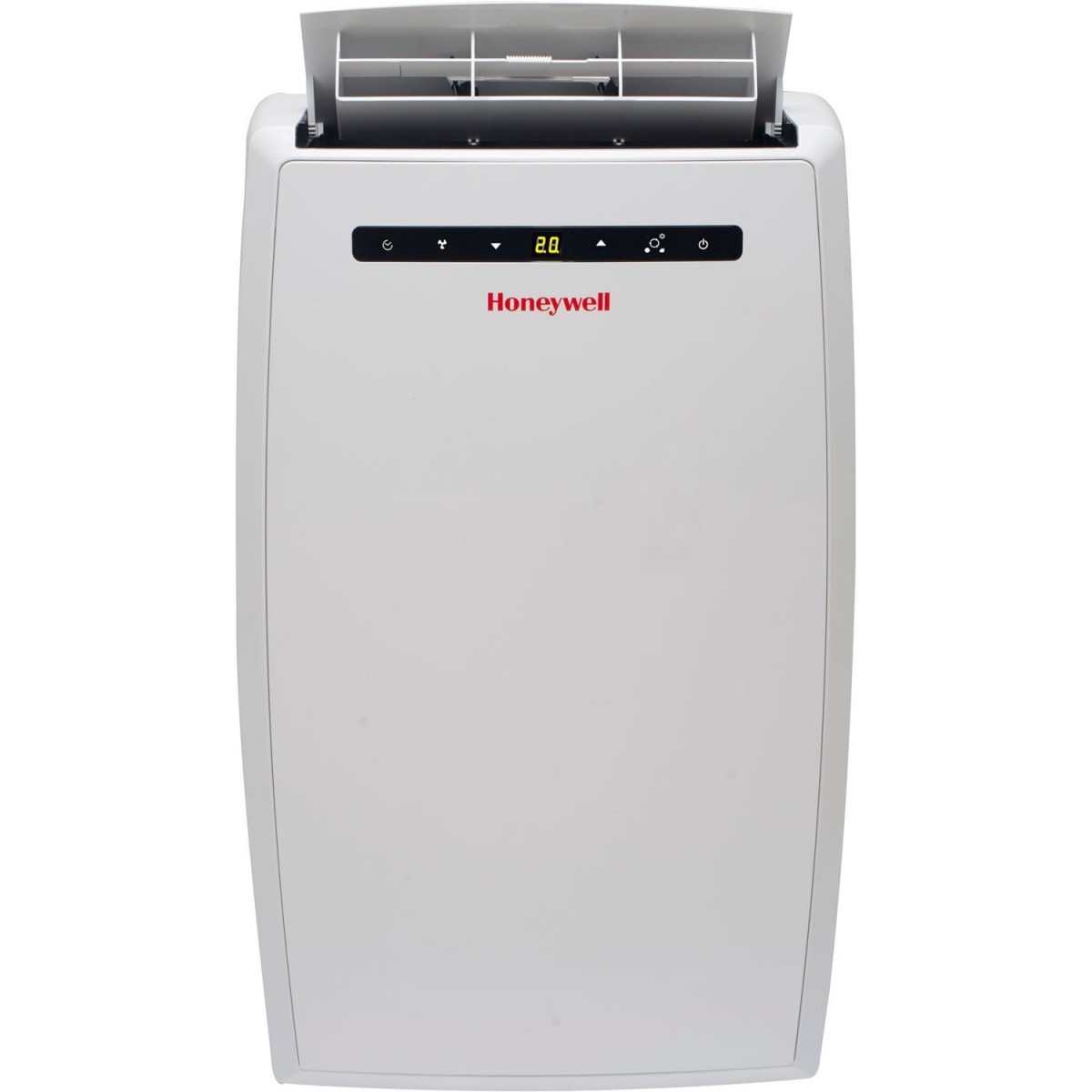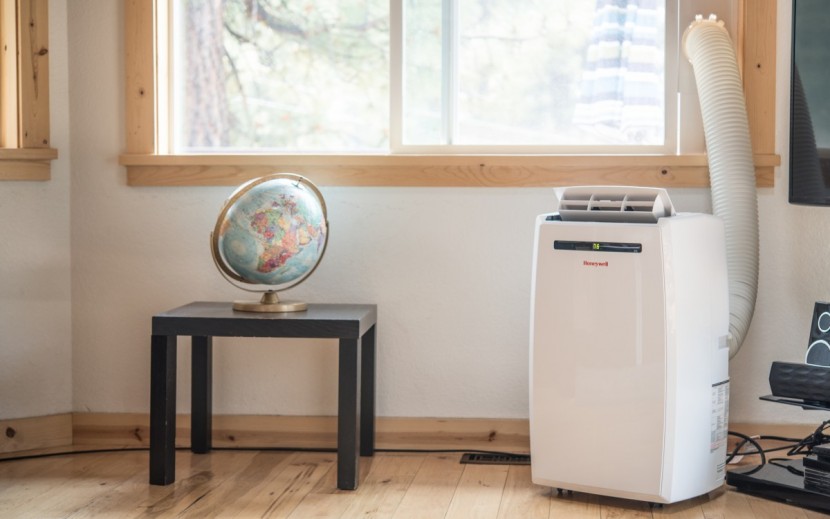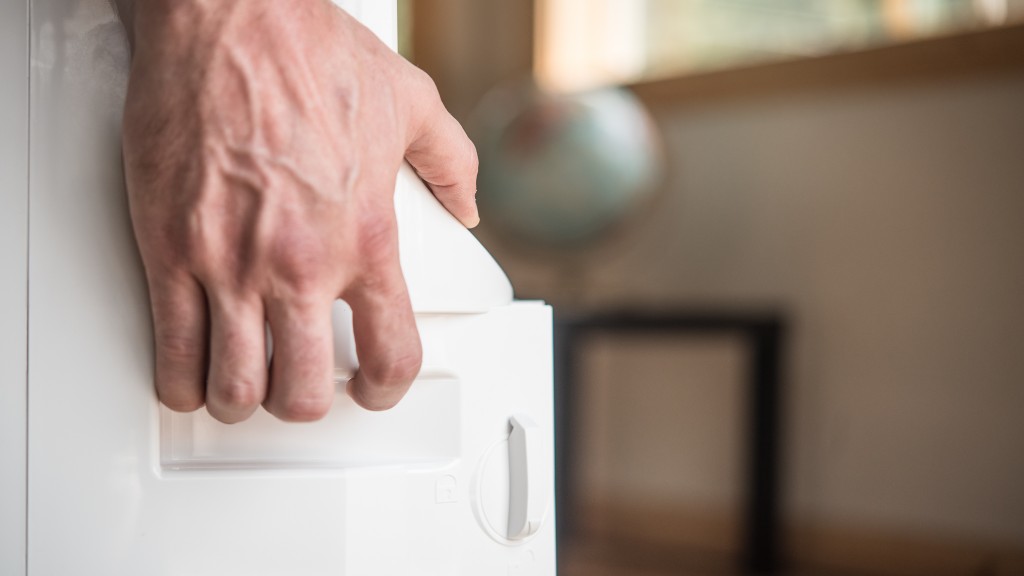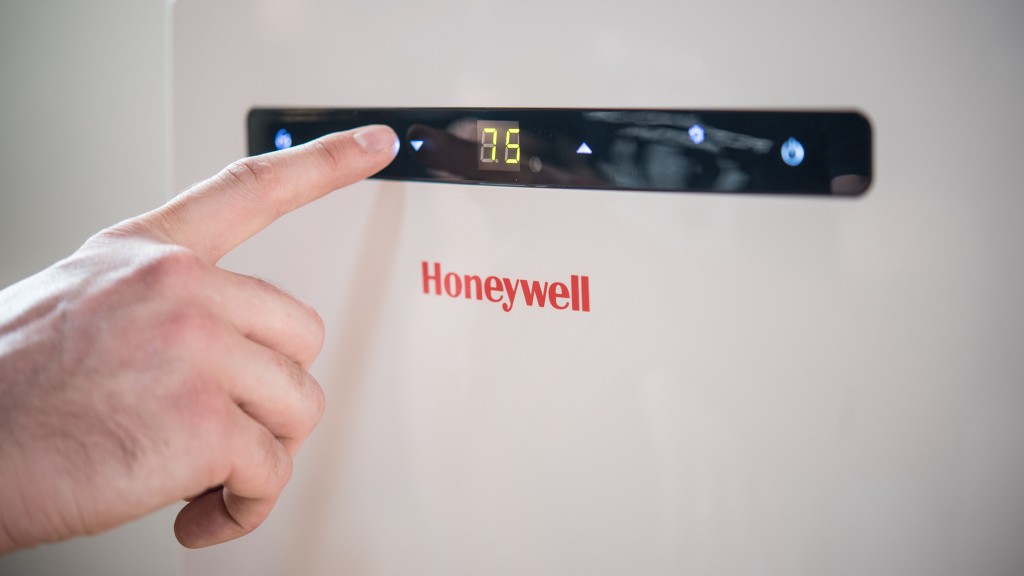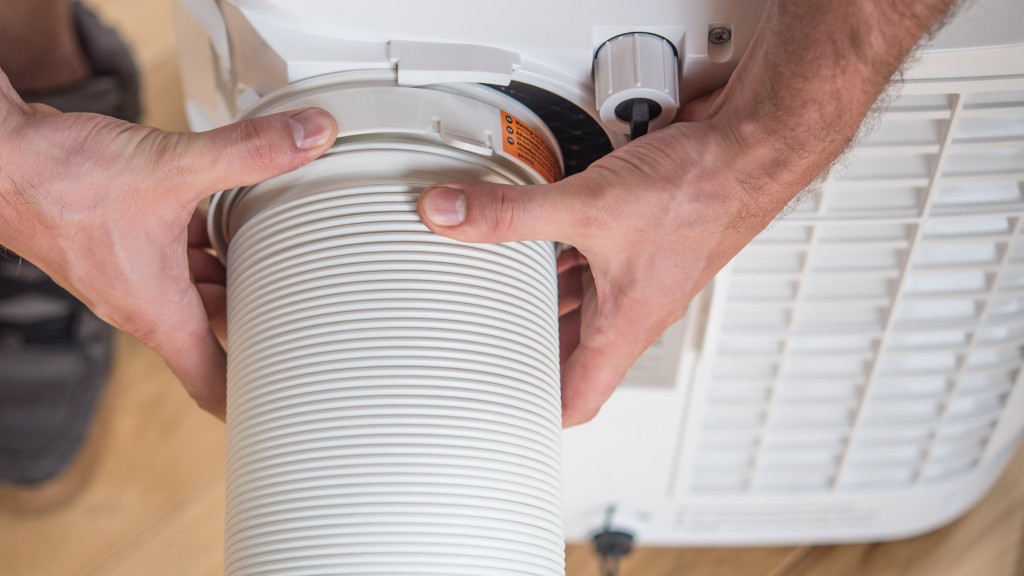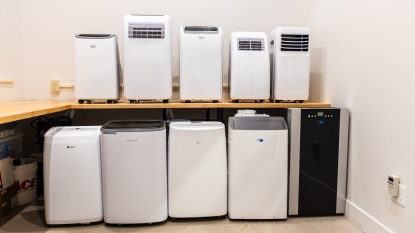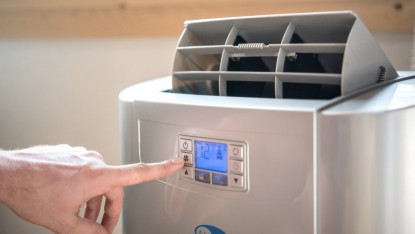Honeywell MN10CESWW Review
Our Verdict
Our Analysis and Test Results
This air conditioner finished just ahead of the Black+Decker BPACT08WT and behind the LG LP1215GXR. The Honeywell is far easier to move room to room than both the LG and the Black+Decker, but the LG is by far the best at cooling out of this trip, while the Black+Decker is the worst. However, the Black+Decker usually retails for about $50 less than the Honeywell and $100 less than the LG.
Cooling Power
Responsible for 40% of the total score for the Honeywell, our cooling capabilities test consisted of measuring how much each air conditioner could drop the temperature of a very warm room after 60 minutes. As mentioned above, the Honeywell didn't do amazingly well in this test, earning a 4 out of 10.
This air conditioner only dropped the temperature in our relatvely small room by 8.66°F after 60 minutes — one of the lowest temperature drops of the entire group.
This was a bit surprising, as this A/C is rated for rooms up to 450 sq. ft., so it should have made relatively short work of cooling down our much smaller testing room.
Portability
The Honeywell redeemed itself a bit in our portability tests, which constitute 25% of the final score for each portable A/C. This unit is one of the more easily moved models, earning it a 7 out of 10, based on the effort in rolling, carrying, and setting up the window insert.
This unit is light and easy to roll, with little to no resistance when moving it across relatively smooth floors. This appliance is about average to carry for this class of products, weighing in at 59.8 lbs.
The handles are also relatively ergonomic, with cutouts deep enough to get a good grip when moving this product up or down stairs, without it cutting into your hands too much.
The insert to hold the hot air exhaust is also quite easy to move between windows, relying on wingnuts for a tool-free installation process. This insert can adjust between 19.7" and 47.7", so it should fit most standard house windows.
Noise
The Honeywell delivered a middle-of-the-road showing when we evaluated the level and irritation factor of its sound output, earning it a 5 out of 10. We based this on the opinion of a group of judges comparing the noise level of each one, as well as the measured dBa level we got from a meter held about 4' away from each unit when running on high. Altogether, these two tests account for one-fifth of the overall score.
We recorded a sound level of 57.5 dBa for this product on our meter — about average for these products.
Our judges agreed with this assessment, failing to notice any particularly vexing noises while this portable air conditioner is in operation.
Energy Cost
For the last 15% of the score, we evaluated and measured the energy consumption of each A/C unit. The Honeywell again earned average marks, meriting a 5 out of 10 for its mediocre performance.
We measured the power draw on both the low and high settings, then calculated how much it would cost to run the appliance for 90 days, assuming you used it for 2 hours on high and 12 hours on low each day and using an average cost of electricity. After running the numbers, this works out to a projected additional cost of $130.19, which you can compare to the other products below.
Value
This air conditioner isn't an amazing bargain buy, as their our comparable A/C's in terms of price that perform significantly better, but it isn't really overpriced.
Conclusion
While the Honeywell is very easy to move room to room and isn't a total pain to carry, it didn't do exceptionally well in the bulk of our tests and there are definitely far better portable A/C's out there — for the same price.


